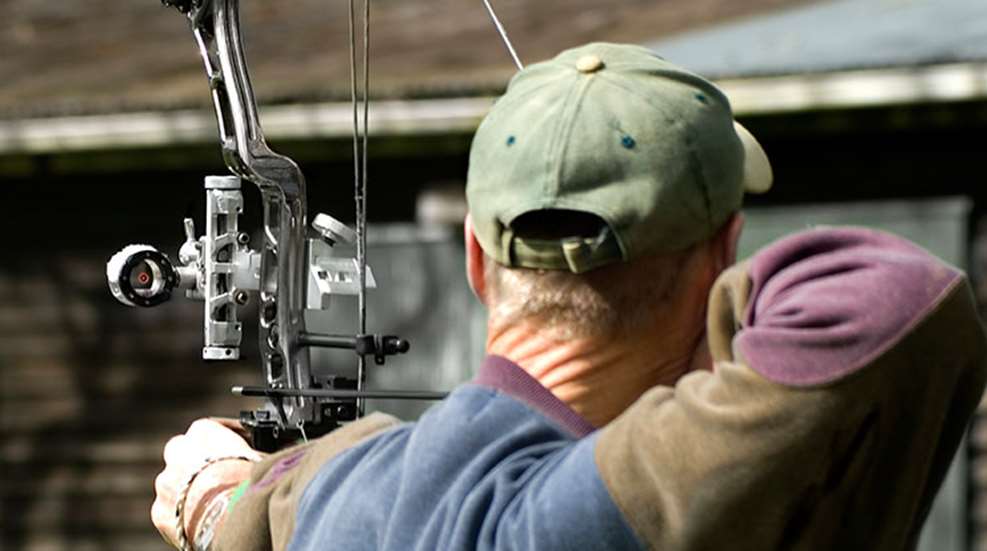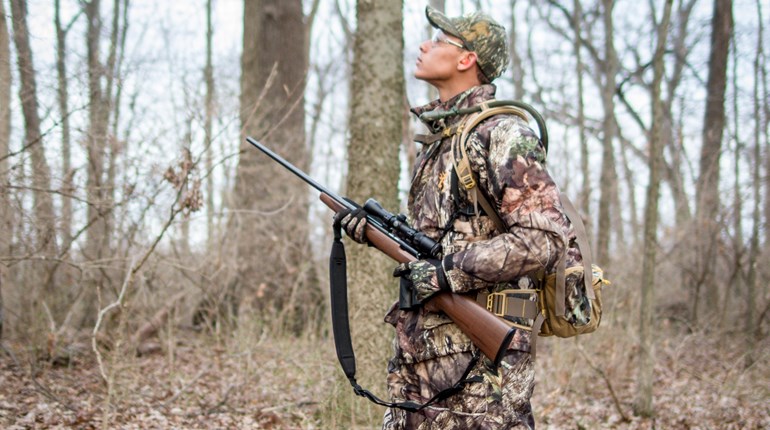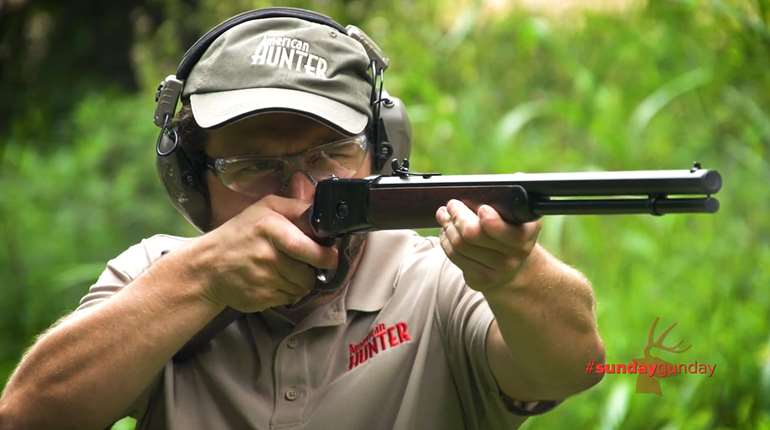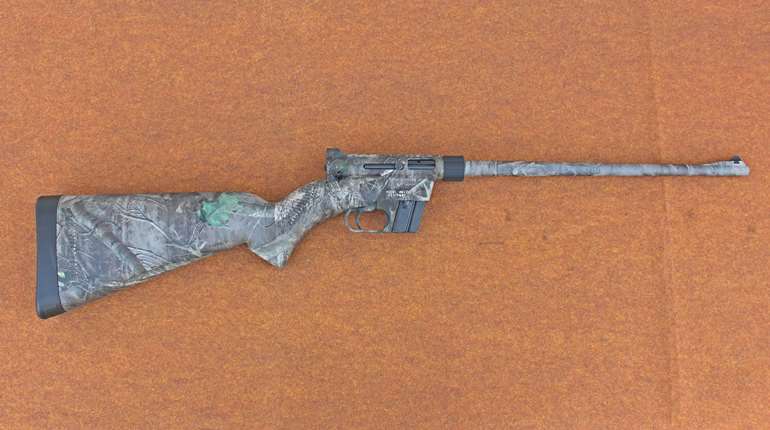
July is prime time to hone your bow-shooting skills and experiment with new equipment. This means 3-D shooting, betting your buddies on shots and seeing if you can hit the bullseye clear across the yard. It’s all good fun and great practice—provided you keep it applicable to bowhunting. There is nothing wrong, of course, with target archery, but it’s easy to develop habits and hang accessories on your bow that can actually be detrimental to taking an animal. Here’s how it happens:
In the offseason you buy a new bow and the guy at the shop convinces you to try a target sight and peep. You shoot the lights out at the store’s indoor range, and so you can’t argue against the setup’s performance. You get it home and pretty soon you’re shooting better than ever. So when hunting season comes around, you think to yourself, If the goal is to hit a deer, how could this rig not be good for hunting? But many times it’s not. As a hunter I appreciate target archery because many innovations spawn from it and eventually trickle down to the hunting market. But hunting and target shooting are different beasts: It’s like taking a trap gun to a dove hunt.
Once I hunted in Colorado with a partner who could shoot the dot off this “i” at 50 yards. One afternoon an elk came in, and he ranged it at 32 yards. Quickly he dialed the wheel of his single-pin adjustable sight to 32 yards, drew and then … the elk began walking away. When it cleared timber it was closer to 50 yards—still an easy shot for him. But my buddy was so conditioned to dialing to the exact distance that he let down to range the elk again and adjust his bow sight accordingly. By the time he did all that the bull was on the move again. He blew a rare opportunity at a public-land bull because he transferred his target-archery mindset to the woods. He wasn’t comfortable making the split-second range estimations and hold-over corrections that hunters need to make.
Certainly, there are many experienced hunters who use target-style bows in the woods and have great success. If you’re one, keep using it. Reality is, hunting isn’t target shooting because the targets move, angles change and shooting positions are less than ideal. For hunting it’s best to practice for real-world scenarios without becoming obsessed with target-style precision.
Pick the Right Accessories
Some accessories can be detrimental to bowhunting when the shot is less than ideal.
Adjustable, single-pin sights are not detrimental to hunting by themselves; it’s the attitude of perfectionism that shooters often develop after practicing with them at the range and dialing in for every shot that becomes a problem. A good idea is to practice leaving the sight pin at 30 yards, then holding low or high for 10-40 yards. Past that, dial in and only shoot if the animal doesn’t move.
Small, 2-inch arrow fletchings (vanes) are now the rage thanks to target archery. These vanes were intended for small-diameter shafts tipped with field points because their smaller surface area reduces drag slightly. While they often work with mechanical broadheads that fly more like field tips, they are inferior to 3- and 4-inch vanes that better stabilize a broadhead-tipped arrow. There is no disadvantage to the larger vanes—except they don’t look as cool.
Small-diameter (1/16-inch) peep sights are excellent for target archers who shoot in full light conditions. However, hunters need every minute of legal light they can use, and nothing robs usable light like a tiny peep sight. A big, 3/16- or 1/4-inch peep is best for shooting at reasonable hunting distances in field conditions.
String loops alleviate pinching of the arrow between the nock and the release. They also decrease string wear. But consider the following: 1) Arrow pinch is usually consistent and therefore doesn’t hamper accuracy to a huge degree. 2) Strings are protected by serving, and serving can be replaced easily. 3) String loops decrease draw length by half an inch, robbing velocity. 4) A string loop is difficult to intuitively find to attach your release without looking, but most releases can be easily attached directly to the string by feel alone when that buck appears.
Bow slings supposedly prevent shooters from dropping a bow if they shoot with an open hand to minimize bow torque. But if there is tension between the sling and your hand, its use is negated. If you use one, make sure it’s very loose, even with gloves.
Practice Like You Hunt
In July when we’re dialing in our bows and punching foam, all but the most disciplined bowhunters trade their broadheads for field points. Field points are safer, damage targets less and are much more accurate. Just remember that when the season arrives, your bow needs to be zeroed with your broadheads no matter how much you don’t want to mess with your sights. Broadheads—even small-diameter mechanicals—fly differently than field points, and with less accuracy due to their greater surface area and shape that affects their ballistic coefficient. While some perfectly tuned bows may deliver some broadheads and field points to the same point of impact, it’s a rare setup indeed.
Lastly, it’s vital to practice from elevated positions and at random targets rather than the same old 3-D animal or Block all day. That’s like benchrest shooting for riflemen: You can see how accurate you can be, but it’s not great practice for hunting. So climb a tree or get on your roof, and have a buddy place a target at random distances while you close your eyes. Open them, find the target (range it if you must), then draw and shoot. Shoot eight to 10 arrows and swap shooters. The key is to practice real-world hunting scenarios outside the easy environment of a target range that’s far removed from the woods.





































